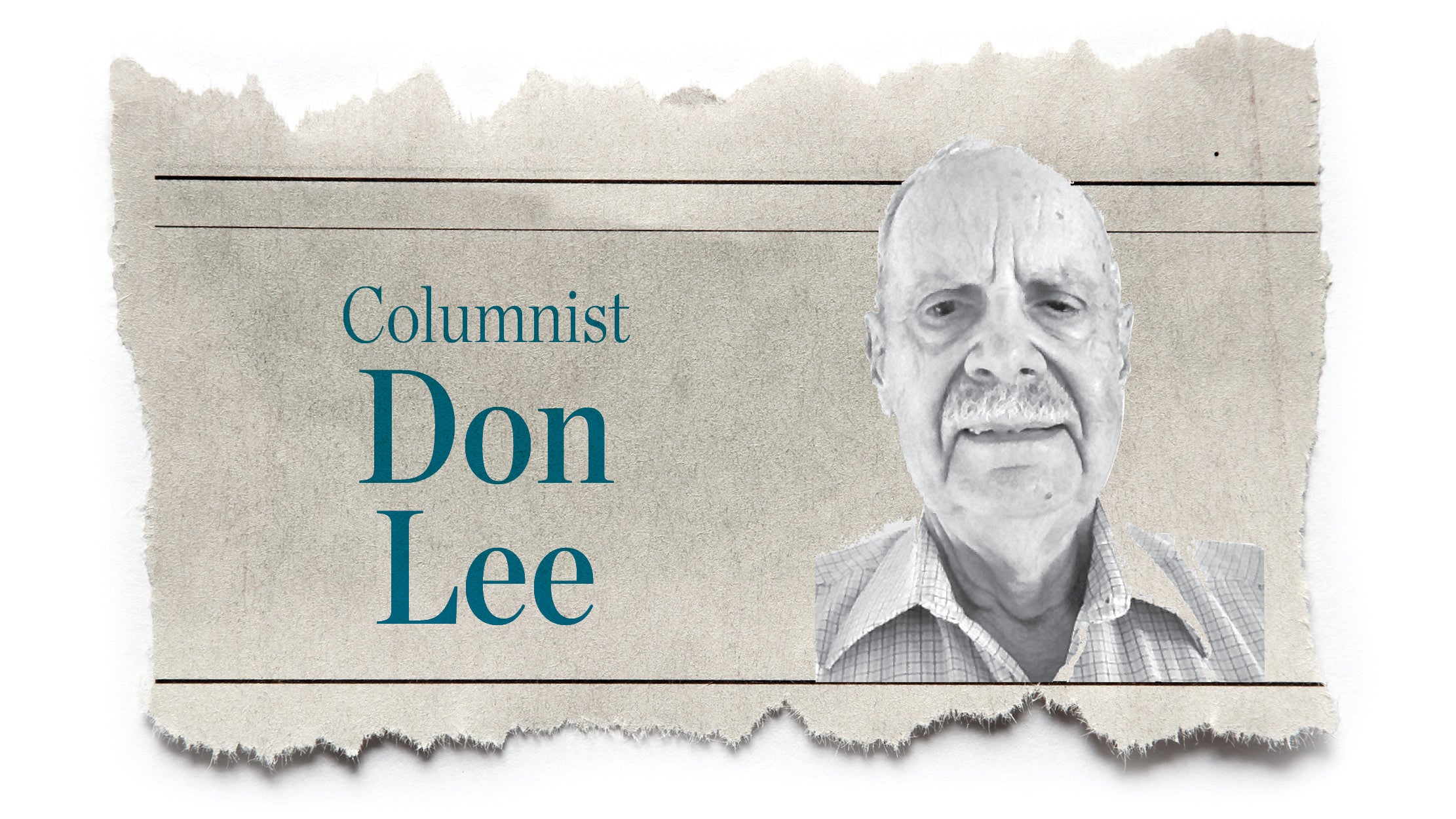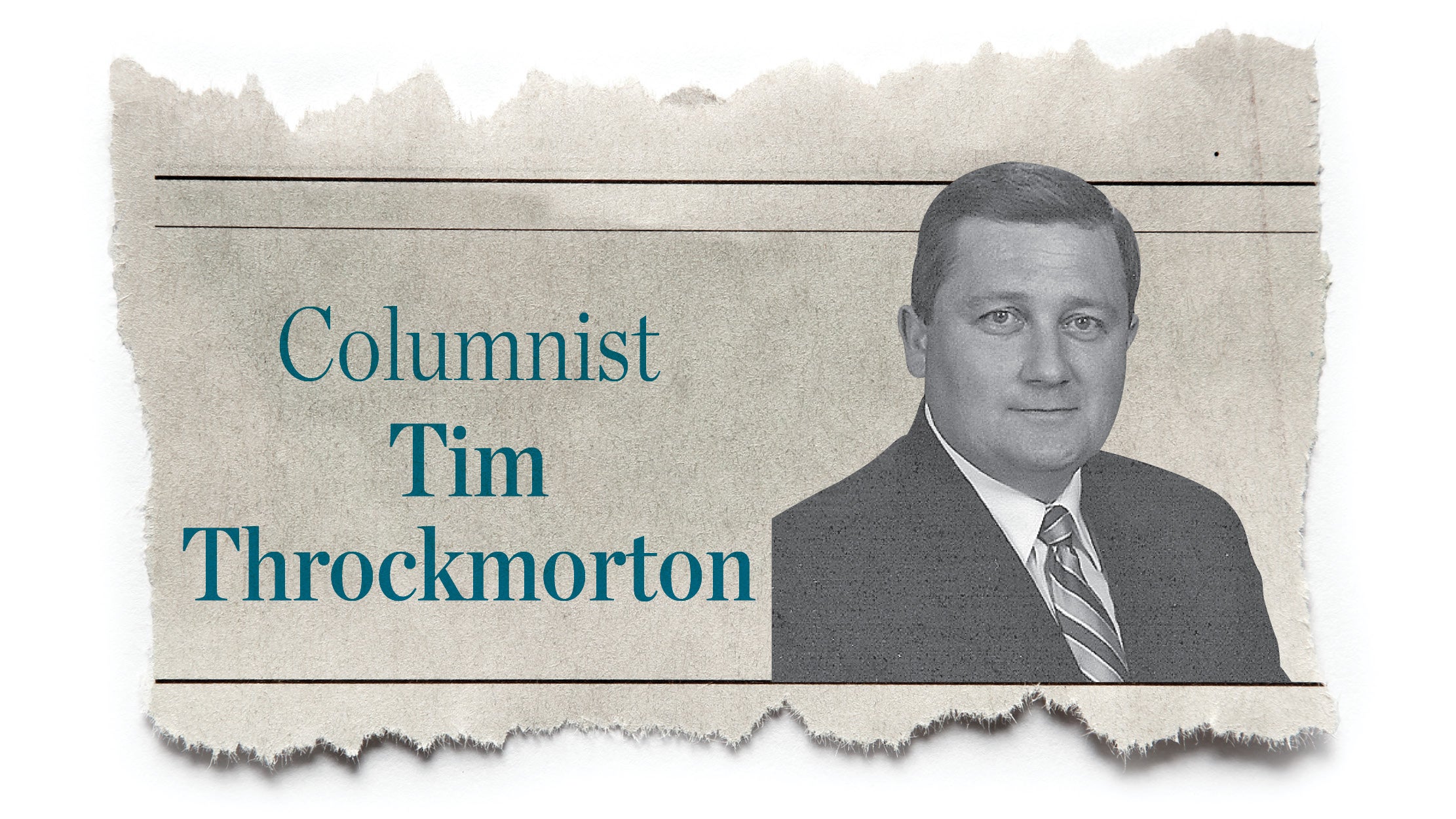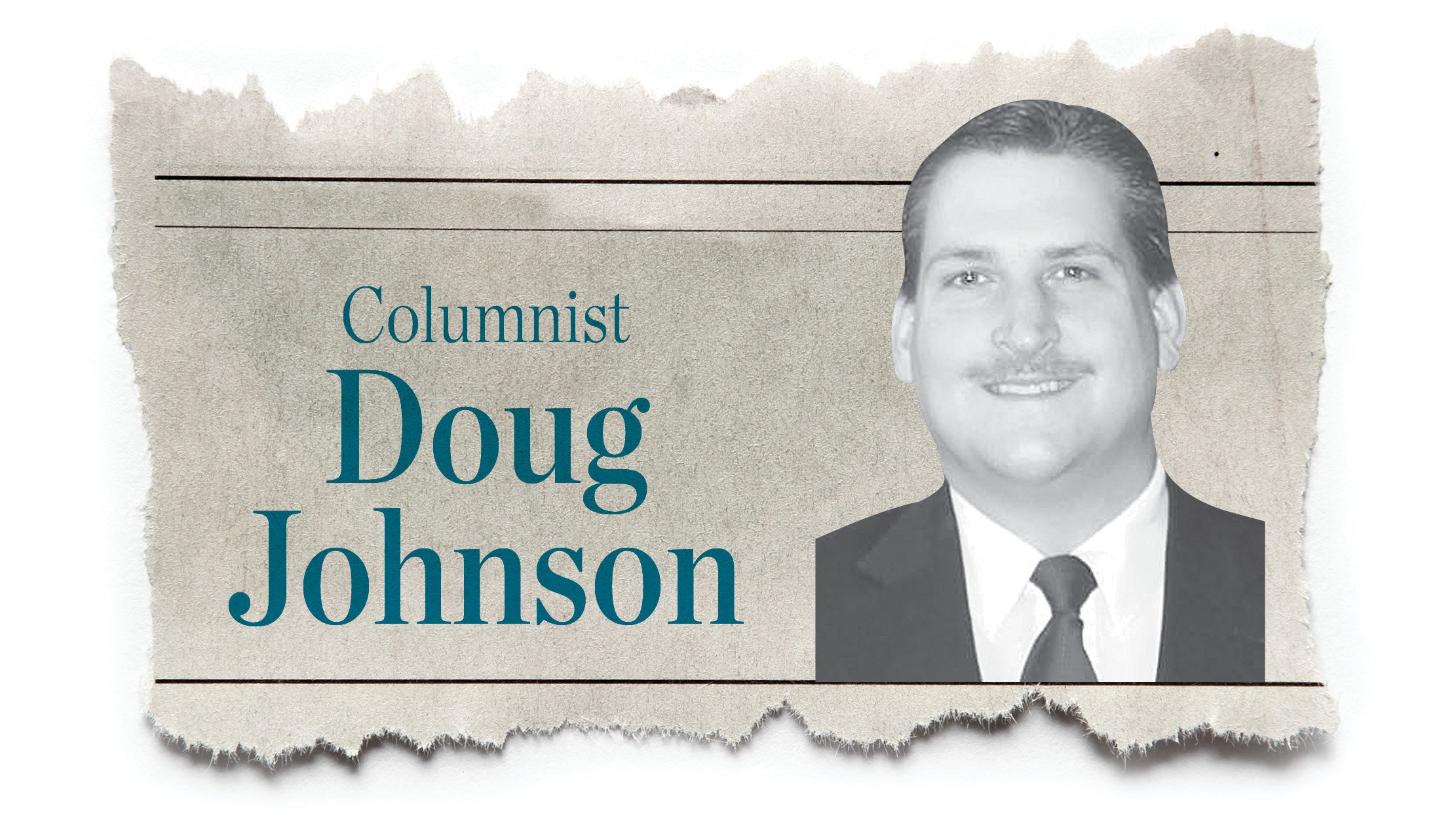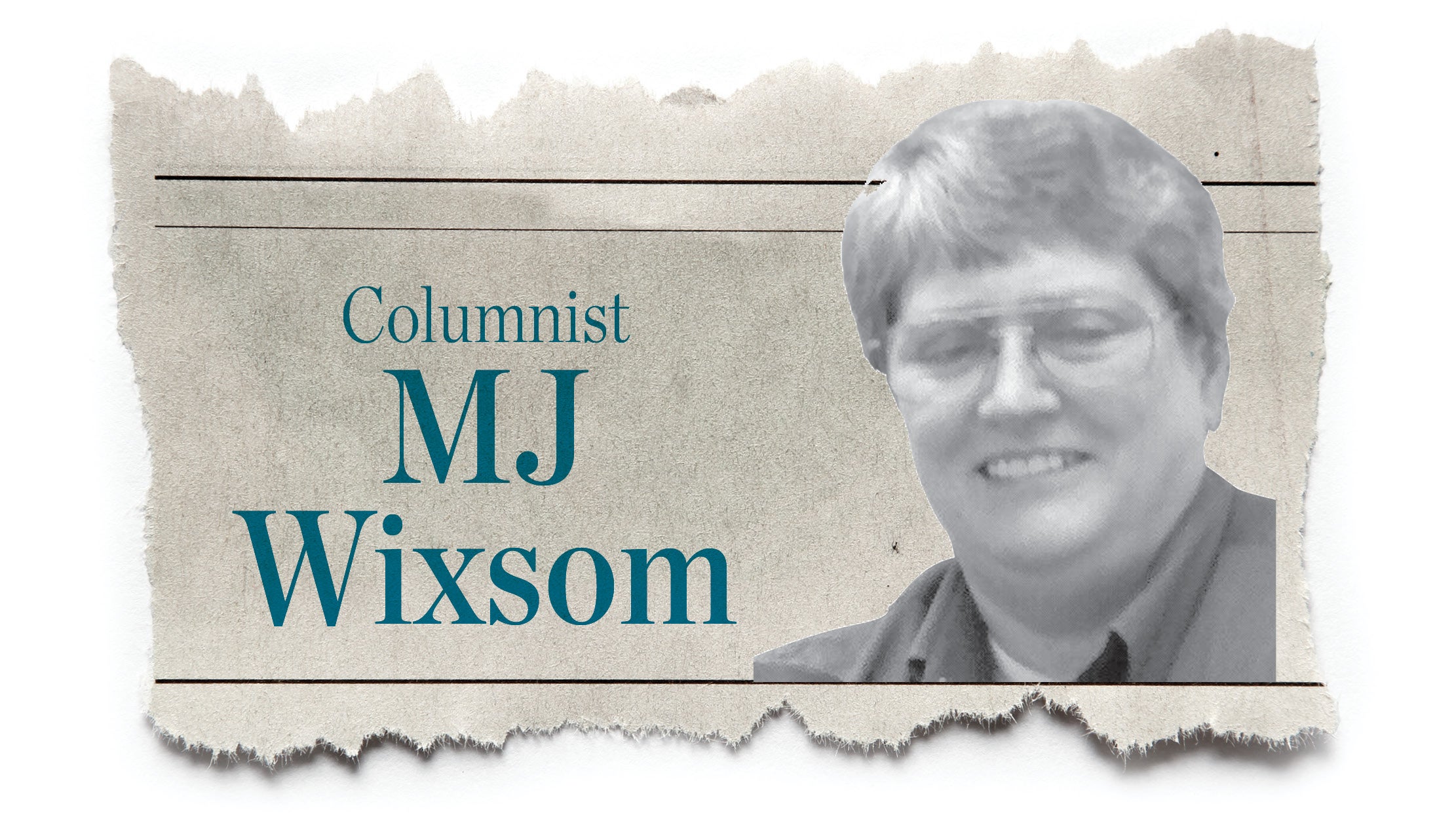Don Lee: Looking into the adventures of Lucky Lindy Lindbergh
Published 5:52 am Tuesday, April 20, 2021
EDITOR’S NOTE: Don Lee is taking a break from his column this week. The following is a piece that originally was published in two of his columns in November and December 2018.
Here are a few facts about the famous Charles Lindbergh who flew solo from Roosevelt Air Field in New York to Paris, France in 1927.
He was motivated by the offers of the Orteg prize of $25,000 to the first person to fly non-stop from New York to Paris, France.
I have noticed that many of the well-know aviators were very lucky to live through close calls and accidents.
Of course, luck seems to follow those who are very skillful and knowledgeable.
Lucky Lindy had a few close calls, any one of which could have been fatal.
Twice, while flying the mail from St. Louis to Chicago in the dark, he ran into weather and had to bail out, but landed safely with his parachute. He rescued the mail from the crashed planes and put them on a train to Chicago.
Another time, he was doing simulated dogfights and had a midair collision.
He was flying a S.E. 5, which was the same model plane that our own Ironton ace, Capt. Bill Lambert flew in WWI.
He always told me that the S.E. 5a was the best fighter in WWI.
Lindbergh relied on the parachute again for the third time to save his life.
He had a lot of experience parachuting, since he did wing walking and jumping at county fairs before he learned to fly.
Back to his historic flight, he talked to some aircraft manufacturers about trying the flight, but they were willing to help fund the attempt only if they chose the pilot.
He finally found this obscure aircraft company, the California-based Ryan, that was willing to talk about building a plane for him to make the attempt.
He found some investors in St. Louis, Missouri, who were able to borrow $15,000 and Lindbergh was able to contribute $2,000 of his own money that he saved from his salary flying the mail planes.
They bought the plane for $10,580 which with inflation etc. would be $144,313.54 today.
There is a lot more to learn about Charles Lindbergh than his world-changing 1927 solo flight of 3,600 miles in a single engine plane.
On that famous flight from New York to Paris, he was able to stay awake for 33 1/2 hours after hardly getting any sleep the night before.
You surely have heard about that trip, but there is a lot more adventure to investigate.
His first encounter with an airplane was his wing walking career and parachute jumping at county fairs and other festivities.
He took some flying lessons, but didn’t solo since he couldn’t afford posting a bond to cover damage if he had an accident.
I have never heard of that being done with modern day instruction and soloing.
With that little flight instructing, he went to Georgia and bought a Curtis JN-4 “Jenny” to start barnstorming.
The only instruction he had there was with another pilot who was also there to buy a surplus Jenny.
He had a half hour of dual flying with this guy and then flew his $500 plane for another five hours of practice by himself.
He then flew his first cross-country trip from Americus, Georgia to Montgomery, Alabama. He spent the rest of 1923 barnstorming using the name “Daredevil Lindbergh.”
He had short career flying the mail from St. Louis to Chicago during which he saved his life twice by parachuting because he got caught at night in a storm.
There is a lot more about this amazing pilot, but let’s jump to WWII.
Lucky Lindy was very much against getting into the war with Germany.
He fell from grace by accepting an Order of the German Eagle award from Hermann Goring.
Someone said he went from hero to zero from that one event.
President Franklin D. Roosevelt described him as a “defeatist and appeaser.”
Lindbergh had resigned his commission in the army, but after Japanese attack on Pearl Harbor on Dec. 7, 1941, he tried to be recommissioned in the United States Army Air Force.
He was denied the request on instructions from the White House.
In order to get around this, he persuaded United Aircraft to hire him as a technical representative in the Pacific Theater to study aircraft performance.
He showed Marine pilots how to take off with twice the bomb load that the Vought F4U Corsair fighter-bomber was designed to carry.
On May 21, 1944, he went on his first combat mission, which was a strafing run on the Japanese stronghold at Rabaul, New Britain.
He took part in 50 combat missions as a civilian.
He shot down a Japanese Mitsubishi KI-51 while flying a P-38 fighter.
He also trained the P-38 pilots to extend their range 300 miles by teaching them how to lean their engines to consume less fuel.
He impressed General MacArthur with his innovations in the use of the P-38 as bomber escort.
You can bet that President Roosevelt never heard about Lindbergh’s South Pacific adventures.
Don Lee, a pilot flying out of Lawrence County Airport since 1970, has been in charge of equipment and grounds maintenance for the last several years. He can be reached at eelnod22@gmail.com.





